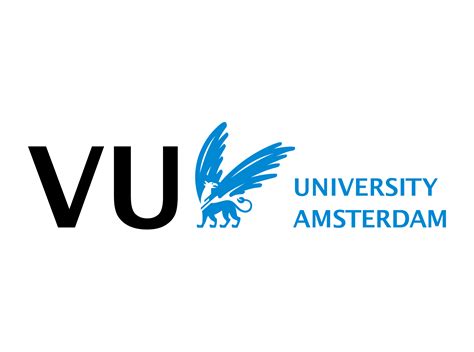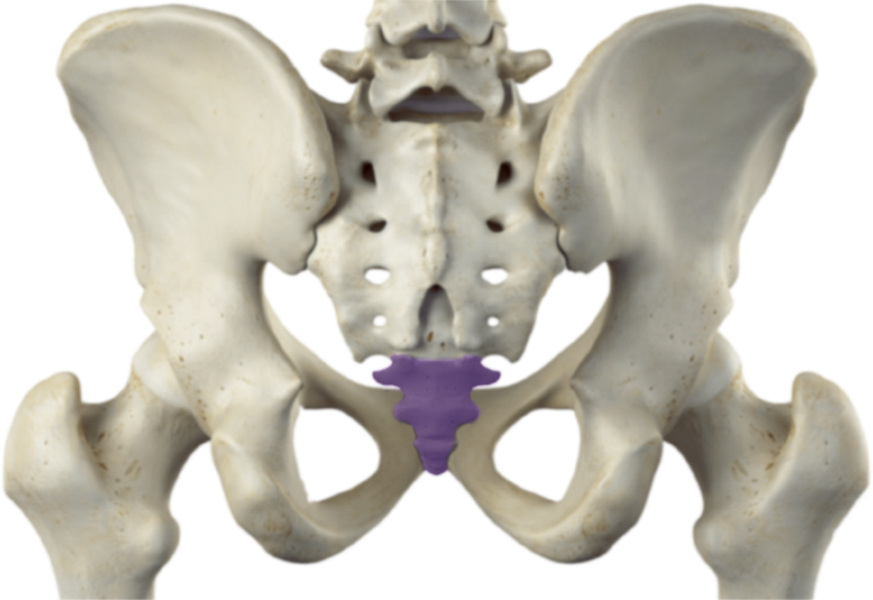Scientific research
In the domain of tailbone problems, there is not a lot of scientific research available. Searches through PubMed gives few results and through time I gathered around 200 articles about the tailbone. Most of the studies have limited researched groups (often less than 50 patients) and are done by physicians, that approach tailbone pain mainly from a medical point of view and often have little attention for the biomechanical dysfunctions and interventions. For the mobilising treatment that I apply, there are reports about the positive effects for many centuries of physicians and therapists, but has hardly any quality research been done. The main studies that are quoted everywhere (Maigne 2001 en Maigne 2006) are done by physicians and their conclusion is that manual mobilisation has only poor effects. A closer look to these results and wider view of knowledge about biomechanics, learns that complete other conclusions can be made of the obtained research data.
In 2021 I started collecting data of patients I treated for tailbone pain. The conclusions I share here on my website and through my social media canal. In 2024 a collaboration started with the Vrije Universiteit in Amsterdam.
Scientific research
The urgency for scientific evidence for the effectiveness of manual techniques to be taken into account in the medical dominated world of tailbone pain, and the conclusion that I am one of the few people in the Netherlands that sees enough patients to be able to do research, led me to start doing scientific research in 2025. This led to a collaboration with the Vrije Universiteit in Amsterdam and writing scientific articles.
Collaboration with the Vrije Universiteit

From March till June 2025, four students Health Sciences at the Vrije Universiteit in Amsterdam dedicated their bachelor thesis to analysing the database I gathered based on the treatments I did on people with tailbone pain in the years before. The total database contained 275 treatment trajectories, of which not all were completed because the treatment was still ongoing or the patient didn’t finish the trajectory. After collecting informed consent under the people that did finish the trajectory, a group of 79 patients remained that gave permission to use their data for research. This is analysed if different ways and the results was four end theses that were positively evaluated:
Next to the four theses that analysed the database and the treatment effects, a base is being made for better data collection. This led to the development of an informed consent-procedure, an intake-questionnaire with more validised tests, and a standardised database. This is being used since April 2025 and the database is growing with around 100 patients per year. This basis for future scientific research is also registered with the Open Science Framework.
Scientific articles
Next to the clinical approach I also did a deep dive into the scientific explanations and evidence within the current regular approach for tailbone pain. In this the manual treatment of tailbone pain has, despite the good results, hardly any role. This led to an eloborate article in which the current perspectives are being evaluated, where they come from, where they fall short and how a broader perspective can not only explain the current research findings, but also the positive effects of manual mobilisations.
This article will be shared on this page soon.

